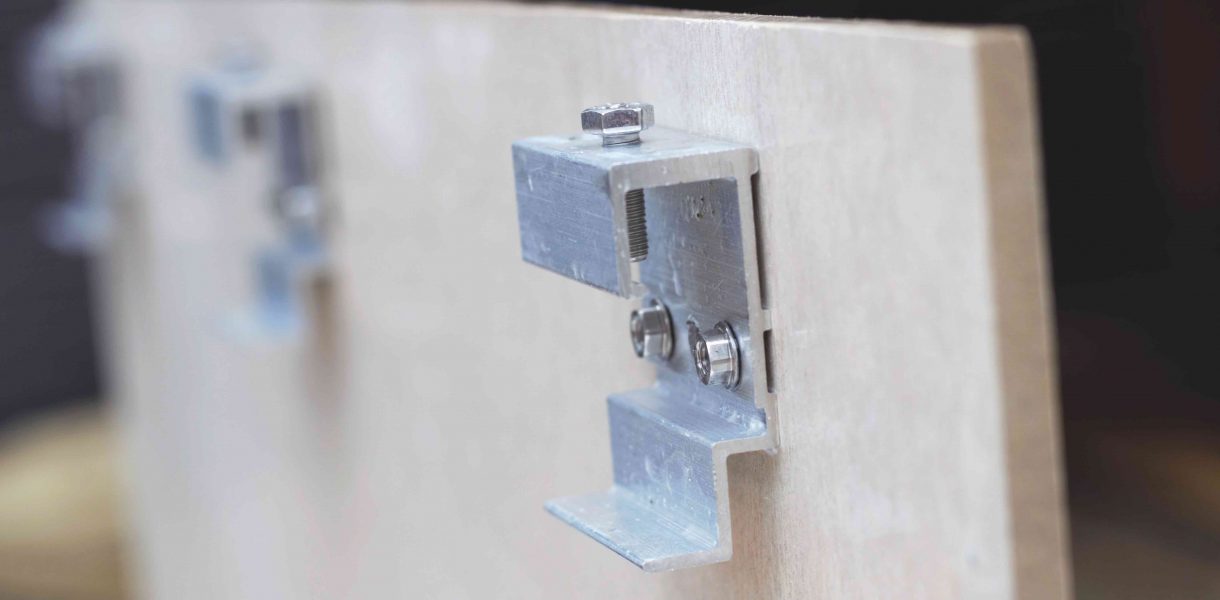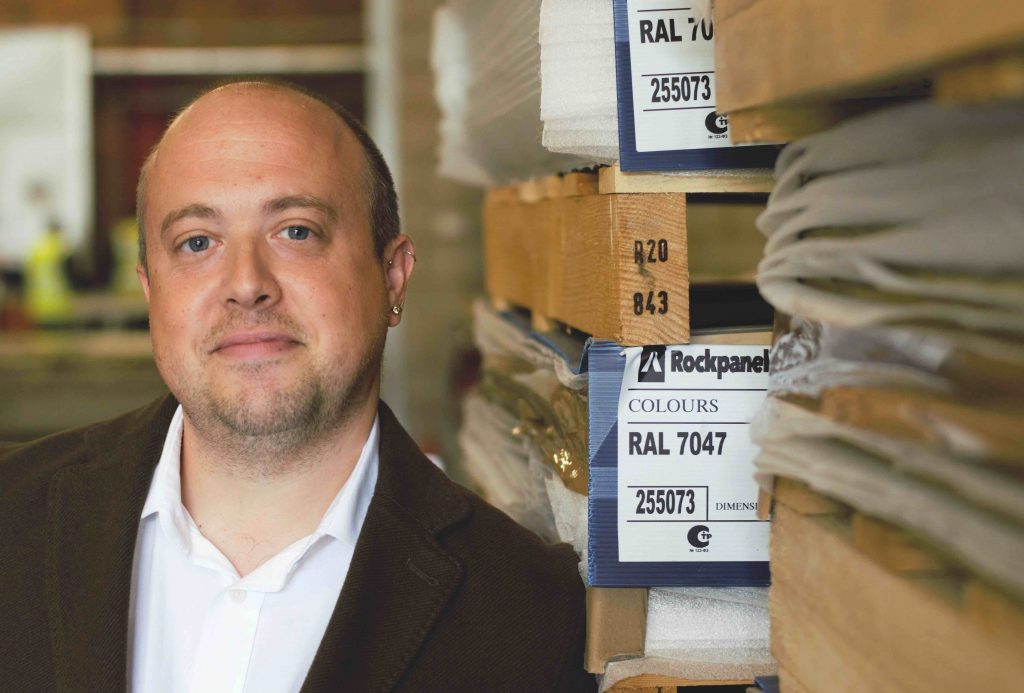
Nathan Ireland, general manager at Cheltenham-based BBS Facades, thinks contractors could be missing a trick when it comes to calculating the cost of fixings.
Whole life costing – often known as WLC – is nothing new in the construction industry. In fact, the term was first coined back in the 1930’s when developers began to realise that cutting costs from the outset of a project often created problems once the building was completed. As the old adage goes, ‘buy cheap, buy twice!’

This theory is increasingly relevant to sub-contractors and cladding installers who are constantly faced with ‘value engineering’ propositions from further up the supply chain. We often see cladding contactors opting for the cheapest off-the-shelf option when it comes to fixings, but research recently undertaken by BBS Facades provides some valuable food for thought.
We are seeing a major trend towards off-site fabrication, with contractors turning to BBS to cut boards to size, drill holes and even affix brackets so that facades can be installed as soon as they arrive on site. However, faced with a rump of cladding installers who insist on doing this rather hazardous element of the cladding fabrication on-site, we undertook some basic research into the relative costs quoted for this activity. Is it better to keep with work in-house (often doing it on-site) or get it done by a third-party specialist?
We approached three well-respected sub-contractors, each of whom operated on a UK wide basis, working with all the main contractors on both private and public-sector projects. First, we looked at the relative costs of undertaking straight-through drill holes for rivet and screw fix. Assuming 12 holes her m2 board, we were surprised to see that typical labour rates quoted were up to 50% higher than those charged by us.
Turning to mechanical secret fix drill holes, the price difference between specialist off-site fabrication and on-site labour rates quoted was equally remarkable. Generally, prices quoted for this more complex procedure were approximately 20% higher than those for straight-through drill holes. Sub-contractor labour rates for this work came out at 40% more expensive when compared to prices quoted by off-site specialists such as BBS.
We also asked installers about typical labour rates when bracket attachments were added to the drilling of holes for secret fixings – and this too came out as around 35-40% higher compared to rates typically charged by us.
This leads to the question: why aren’t all sub-contractors using third party specialists to cut and prepare boards for installation off-site? Is it about control and quality? With damaged and poorly cut boards as the likely outcome, I cannot imagine this is good reason. Also, our use of CNC technology ensures boards are cut to within the tightest tolerances, with brackets fixed using the right systems in bright, warm surroundings as opposed to rainswept, building sites with restricted space and strict on-site working regulations.
Perhaps some sub-contractors don’t consider the cost of fixings as being that significant? Well, for a project comprising 5,000m2 of cladding, our investigation suggests that this could cost anywhere from £450,000 to £650,000 in fixing labour costs alone. That’s not chicken feed in anyone’s book!
Based on this information, we know BBS Facades’ fabrication facility is likely to save sub-contractors between 35 and 50% on labour costs, while significantly improving the accuracy and quality of the cladding systems prior to installation. Most savvy operators are already sub-contracting this element of the job out to off-site fabricators. Is it something you need to look at before embarking on your next project?



